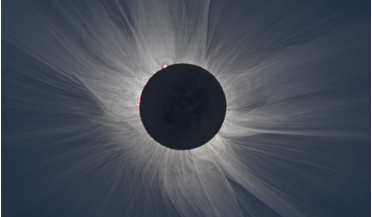 22 August 2017
Total eclipse wows viewers in the US
22 August 2017
Total eclipse wows viewers in the US
... but to scientists who study the sun. When the moon obscures the sun, it reveals the normally hidden, halo-like corona - the outermost part of the sun’s atmosphere. The corona is usually hidden by the bright light of the sun's surface, but on such...
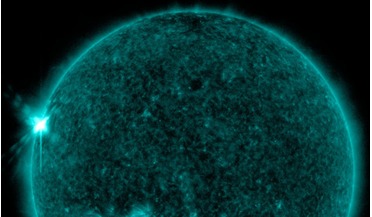 10 May 2021
Sun's biggest outburst this cycle is sending solar storms to Earth and Mars
10 May 2021
Sun's biggest outburst this cycle is sending solar storms to Earth and Mars
.... Launched in 1995, SOHO has been observing the Sun from an advantage point known as the First Lagrangian Point (L1), where the combined gravity of the Earth and Sun keep SOHO in an orbit locked to the Earth-Sun line. Its LASCO instrument uses a set...
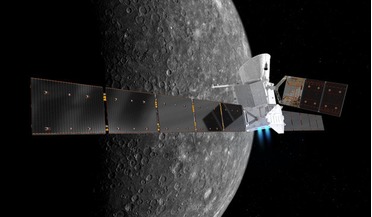 19 October 2018
Countdown begins for the launch of BepiColombo
19 October 2018
Countdown begins for the launch of BepiColombo
... two regions that are 180 degrees apart, which always have the Sun directly overhead when the planet is closest to the Sun. If you could stand at these points, then the Sun would appear to be almost stationary overhead for two to three weeks...
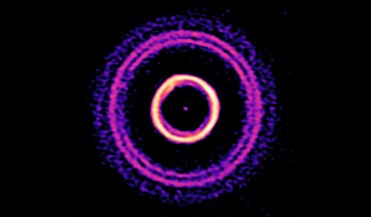 17 June 2019
Filling in the gaps of Jupiter-like planet formation
17 June 2019
Filling in the gaps of Jupiter-like planet formation
... System eating up leftover gas and dust before eventually settling 5.2 astronomical units (AU) away from the Sun. With a growing collection of ‘hot-Jupiter’ planets being found so close to their host stars in recent years, it did ...
 13 September 2019
Newly discovered comet could be our second interstellar visitor
13 September 2019
Newly discovered comet could be our second interstellar visitor
... visitor, as an amateur astronomer has just found what appears to a comet from another star system on a path towards the Sun. This new object - designated C/2019 Q4 (Borisov) - was discovered cruising around three astronomical units (about 450...
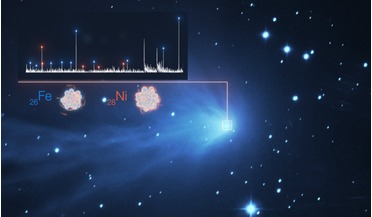 19 May 2021
Scientists unexpectedly find heavy metal vapour in comets throughout our Solar System, and beyond
19 May 2021
Scientists unexpectedly find heavy metal vapour in comets throughout our Solar System, and beyond
... than 480 million kilometres from the Sun. That is more than three times the Earth-Sun distance. “It was a big surprise to detect iron and nickel atoms in the atmosphere of all the comets we have observed in the last two decades, about 20 of them...